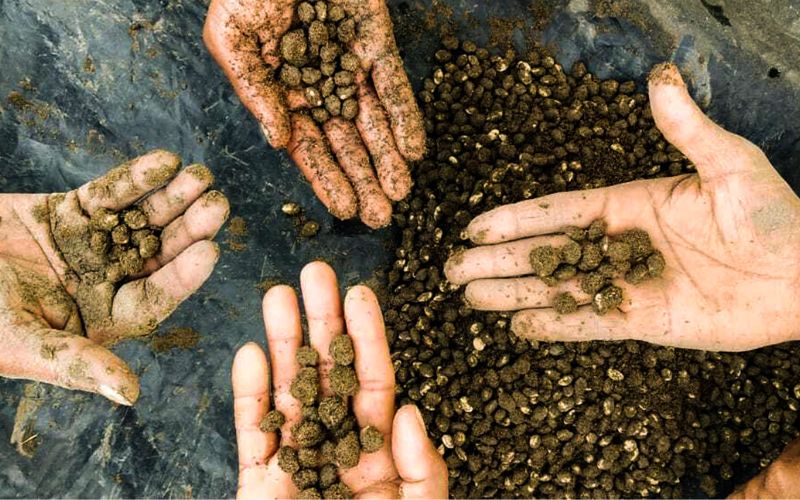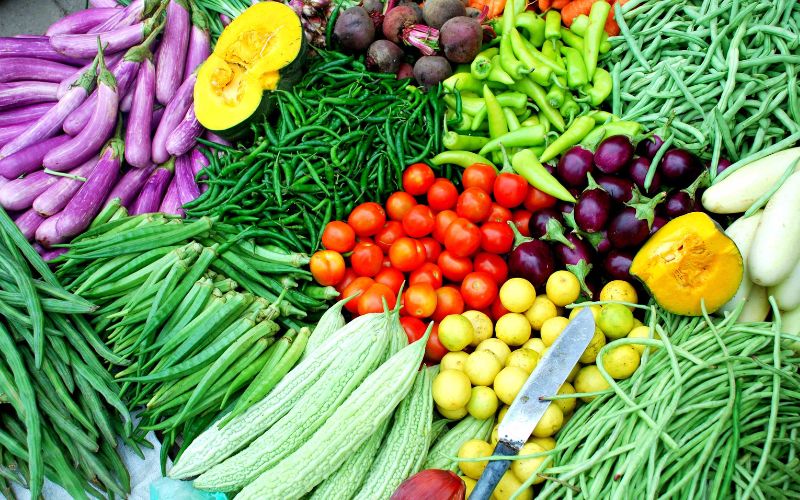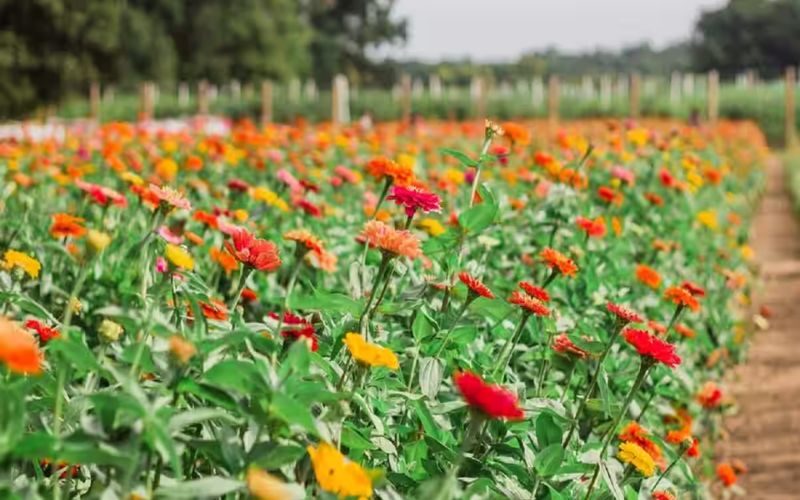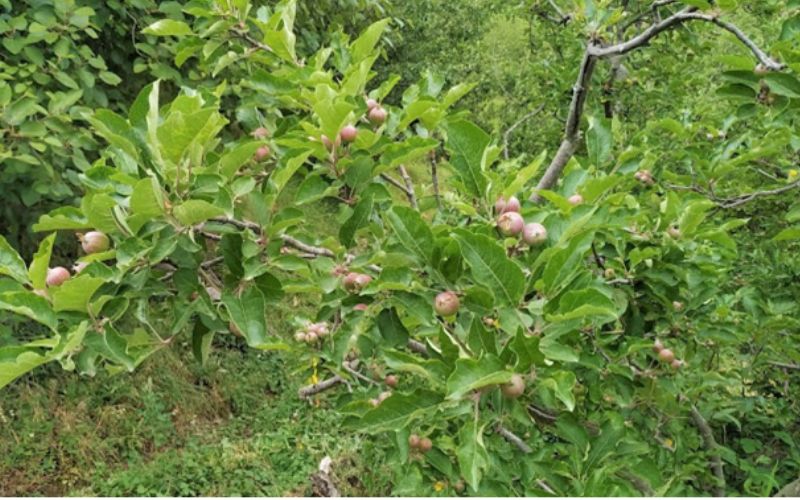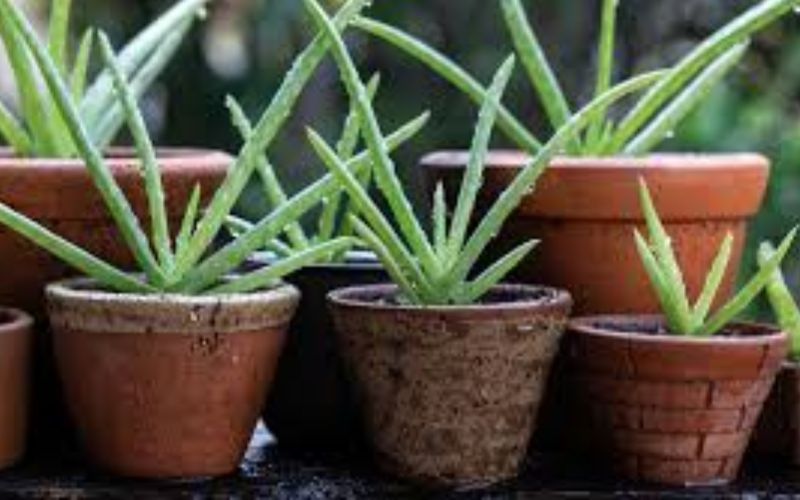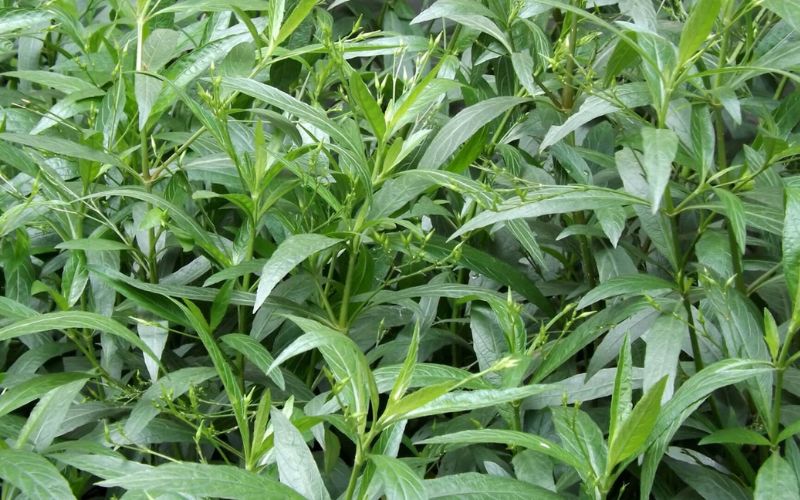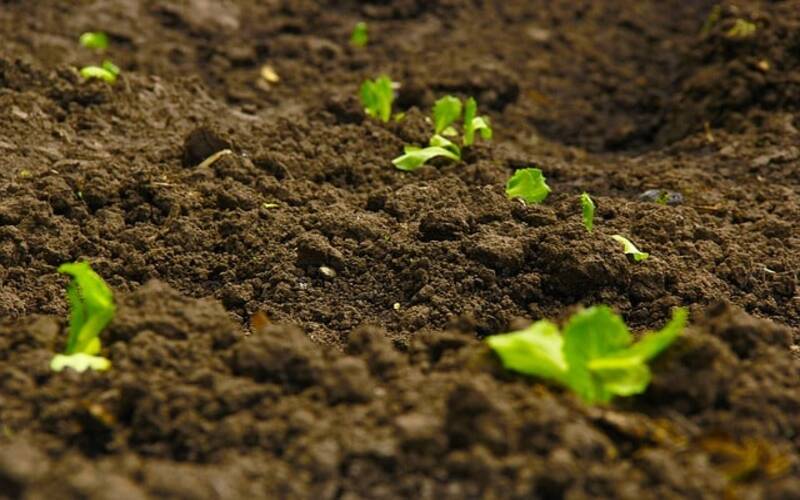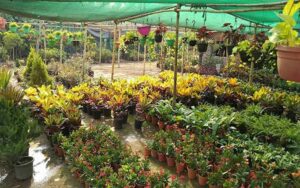Prevent erosion of top soil, adopt Sustainable Land Management techniques
Nursery Today Desk
New Delhi. India, in the last few weeks has suffered from heavy and incessant rain, specially northern and western regions of the country has witnessed widespread destruction and wreaking havoc on the lives of people. This has brought massive loss in agriculture sector.
The Kharif sowing season has just begun and farmers are busy cultivating Kharif crops such as paddy, pulses, millets, and more. With runoff due to heavy rains, the top soil, rich in organic matter and organic carbon, is washed away, leading to a decline in soil health. This has a significant detrimental influence on agricultural areas, the economic value of crops, and farmer revenue.
Around 23% of the estimated overall economic loss in our country is attributable to agricultural losses, of which more than half are due to water erosion (the removal of the top layer of soil by water from irrigation, rainfall, snowmelt, runoff, and inadequate irrigation management). According to a 2015–16 study on the state of land degradation in India, water erosion was responsible for around 80% of the degradation of the country’s 91.21 million hectares of agricultural land that wasn’t irrigated. This problem is made worse by the fact that more than half of India’s degraded land is either forest area, which provides the best protection, or rain fed cropland, which is essential to ensuring food security.
One of the most frequent types of soil erosion in the world, excessive rainfall-induced water erosion affects over 750 million hectares of land. In India, areas with low agricultural intensity are in an even more hazardous condition. These areas include portions of Andhra Pradesh (123.9%), Rajasthan (152.6%), and Jharkhand (136.3%), where agricultural land is left fallow for a significant portion of the year after Kharif crops are harvested.
The majority of farmers in India are smallholders, who account for 86% of the nation’s farmers and have an average land holding of 1.08 hectares. They are under risk from ecological deprivation and climate change. The typical agricultural household income varies greatly, according to a disaggregated state-level analysis.
States with a higher level of land degradation have the lowest incomes. For instance, states with land degradation of more than 50%, like Uttar Pradesh and Jharkhand, have performed poorly in terms of farm revenue. For marginal and small farmers, the situation is considerably worse because the income from crop cultivation on a tiny plot of land is insufficient to support a healthy and respectable lifestyle.
According to a study commissioned by the Ministry of Environment, Forest, and Climate Change, this problem has serious economic repercussions. In 2014–15, the annual economic loss caused by degraded land and changes in land use was estimated to be Rs 3.17 lakh crore, or 2.5% of the nation’s GDP. The annual cost of land degradation will surpass the cost of reclamation by 2030, according to the research, which also addressed this worry.
Government agencies, agricultural organizations, and communities must work together to spread awareness of the significance of soil conservation and to provide assistance and resources for putting these practices into practice, as the likelihood of flash floods and floods rising in the future as a result of unchecked climate change. Protecting agricultural areas and the environment is essential and of utmost importance.
Effective measures must be implemented to reduce soil erosion and maintain topsoil. Utilizing cover crops, which not only allow for the natural entry of surplus precipitation but also act as natural carbon sinks, is one of the most efficient strategies to stop soil erosion. According to Malawian study, cover crops on damaged soils allow the rate of precipitation infiltration to rise from roughly 15% to 60%. Mulching, contour farming, terracing, and other soil conservation techniques can assist prevent sediment runoff, lessen water runoff, and encourage the retention of soil organic carbon.
By implementing sustainable land management practices, farmers may protect their crops, improve the condition of the soil, and maintain their own way of life over the long term. India can lessen the effects of soil deterioration and increase agricultural production by actively preventing water erosion and preserving topsoil. We can only guarantee a greener, healthier, and more secure future for our country by working together.


